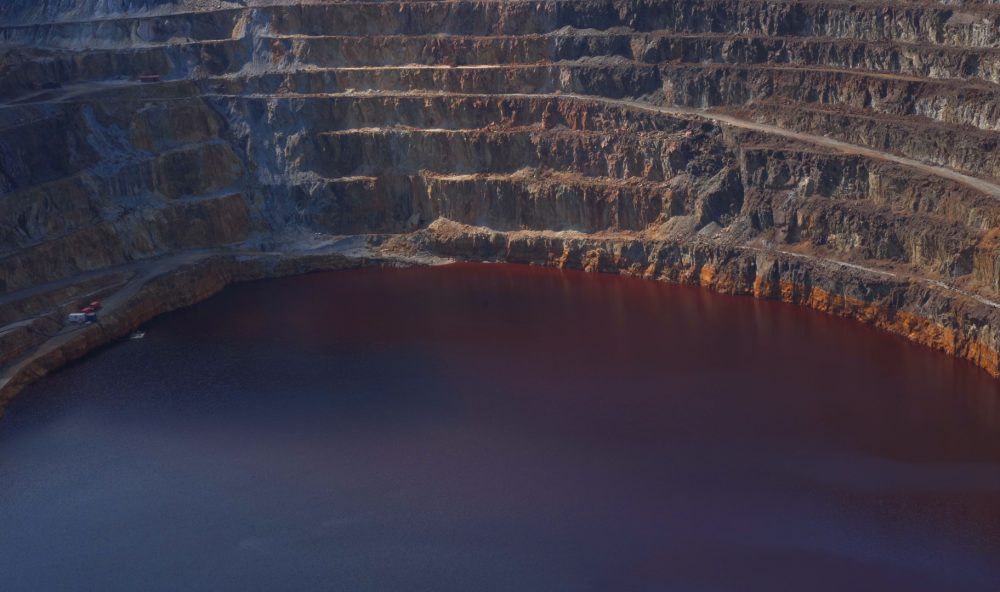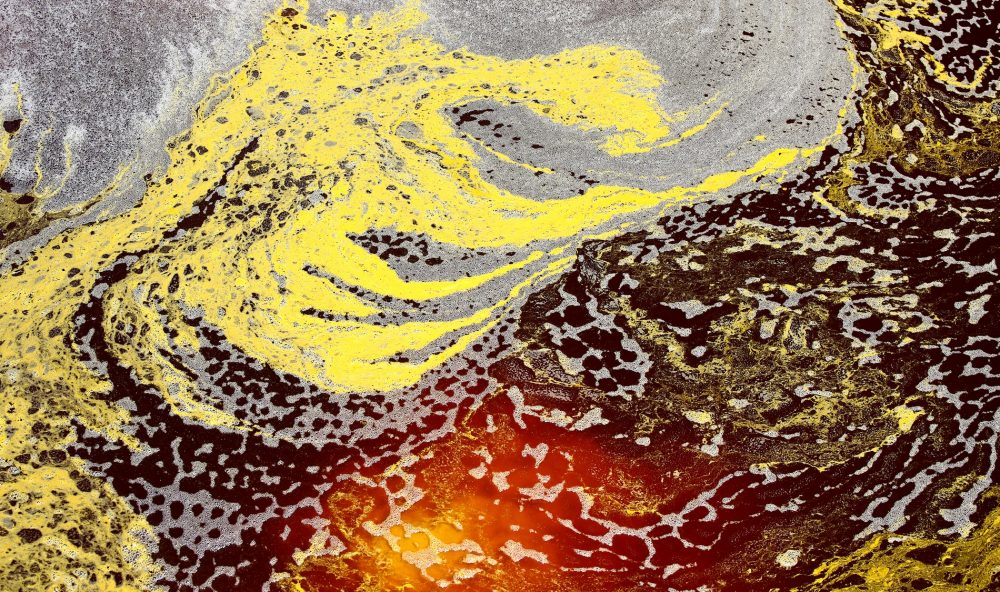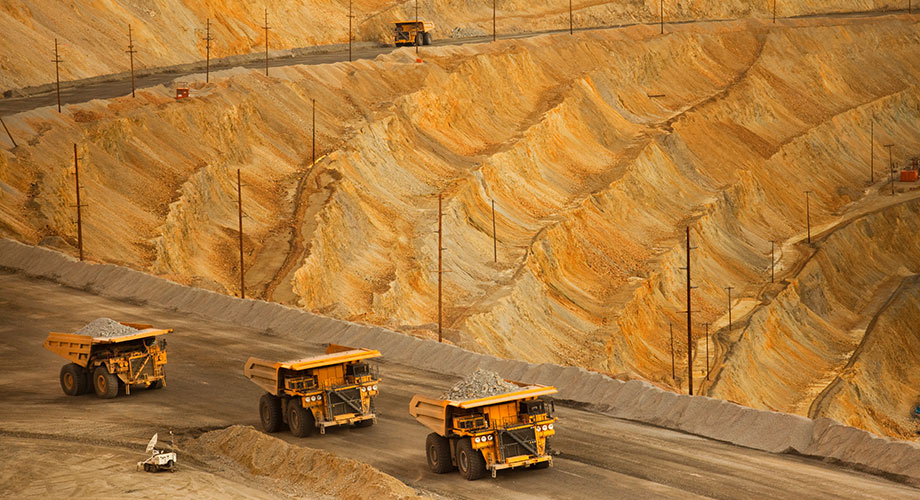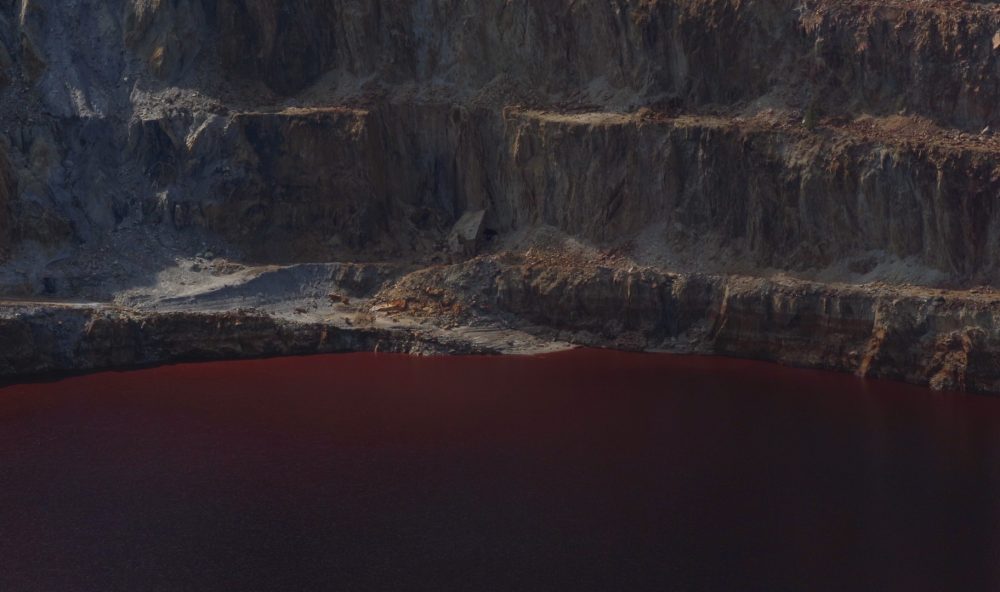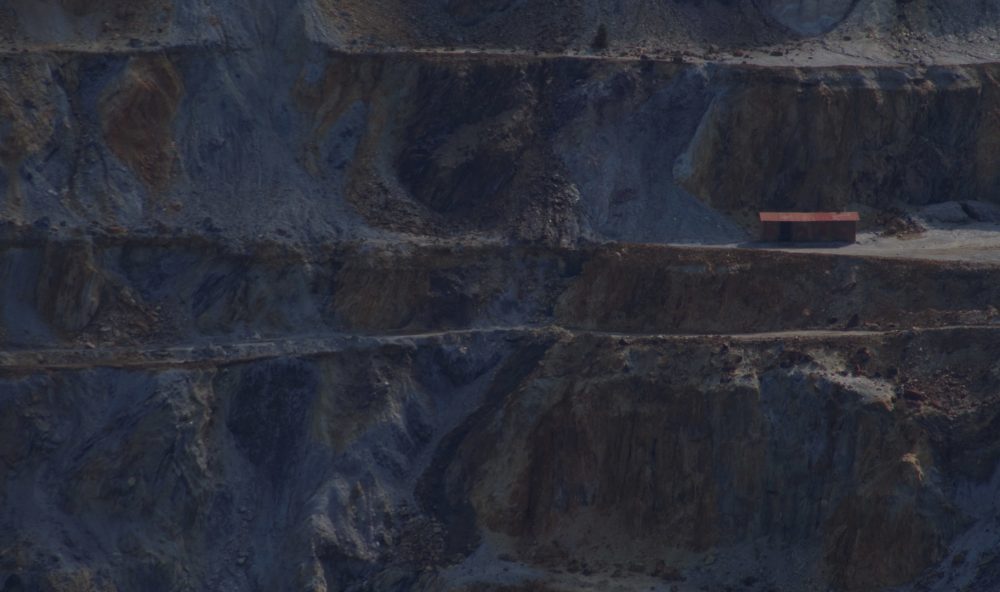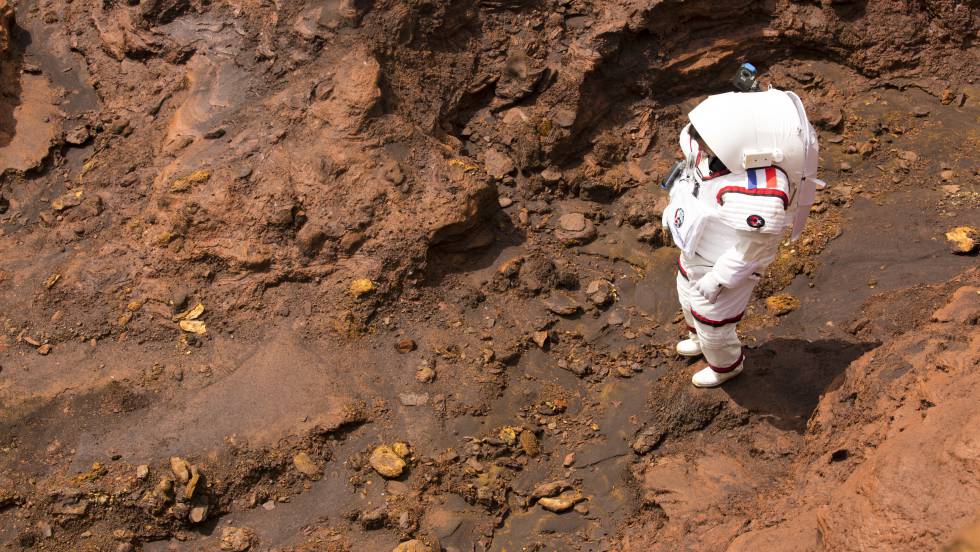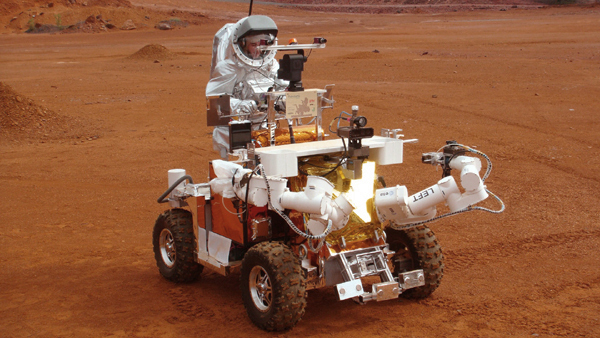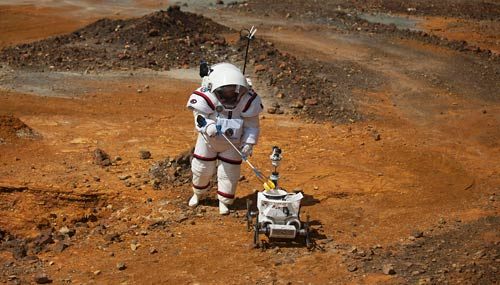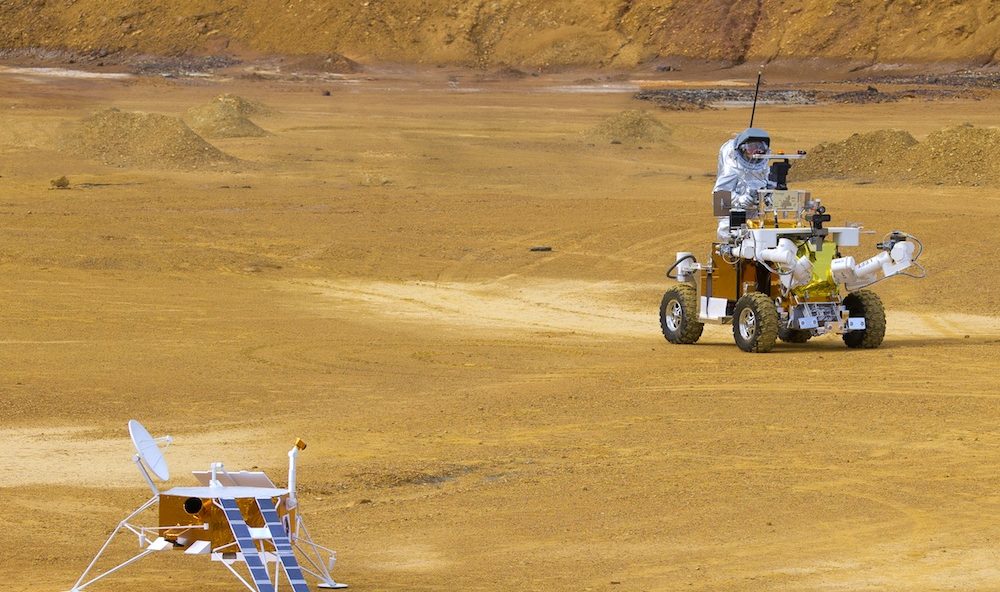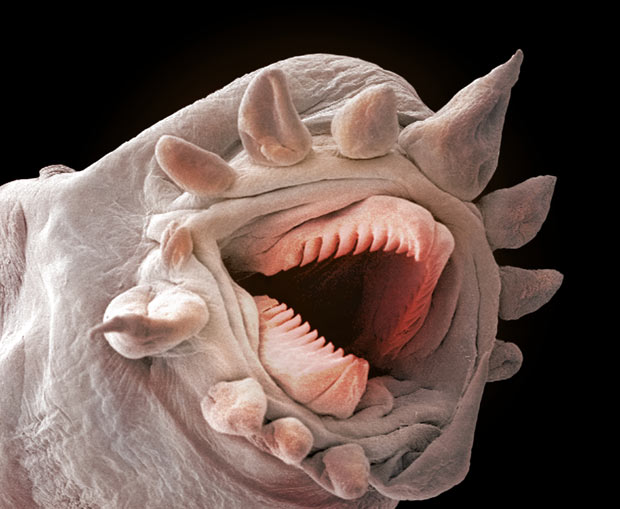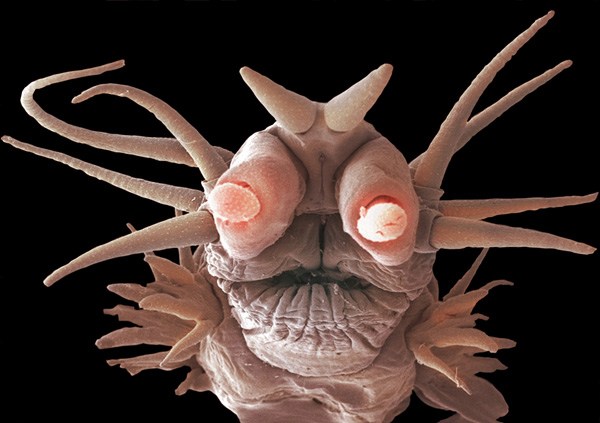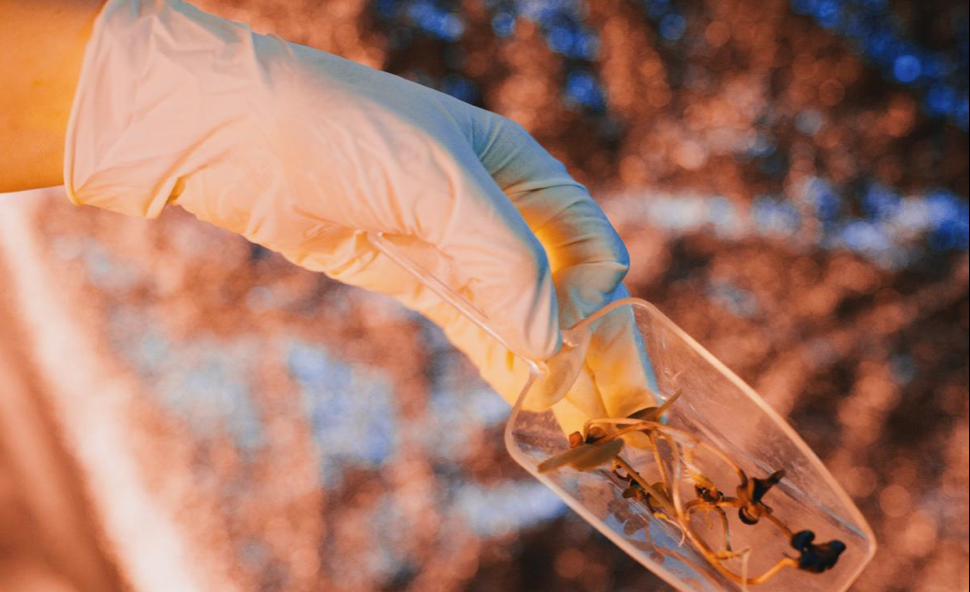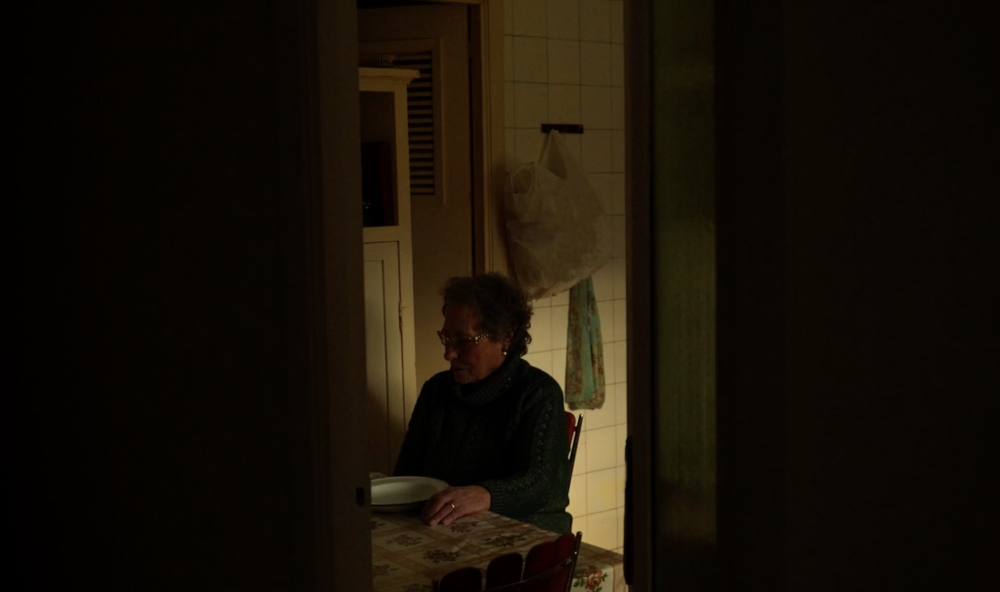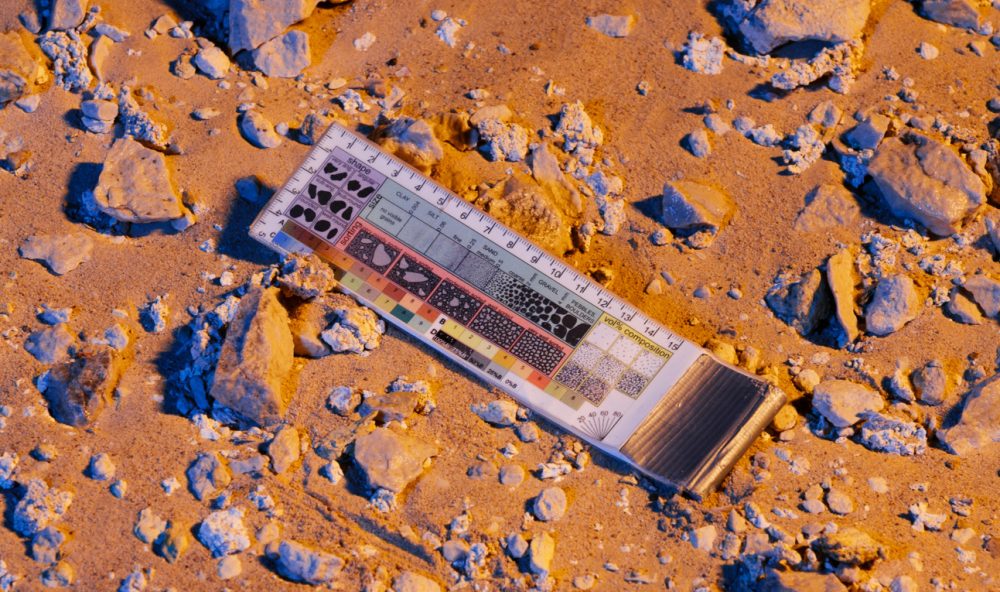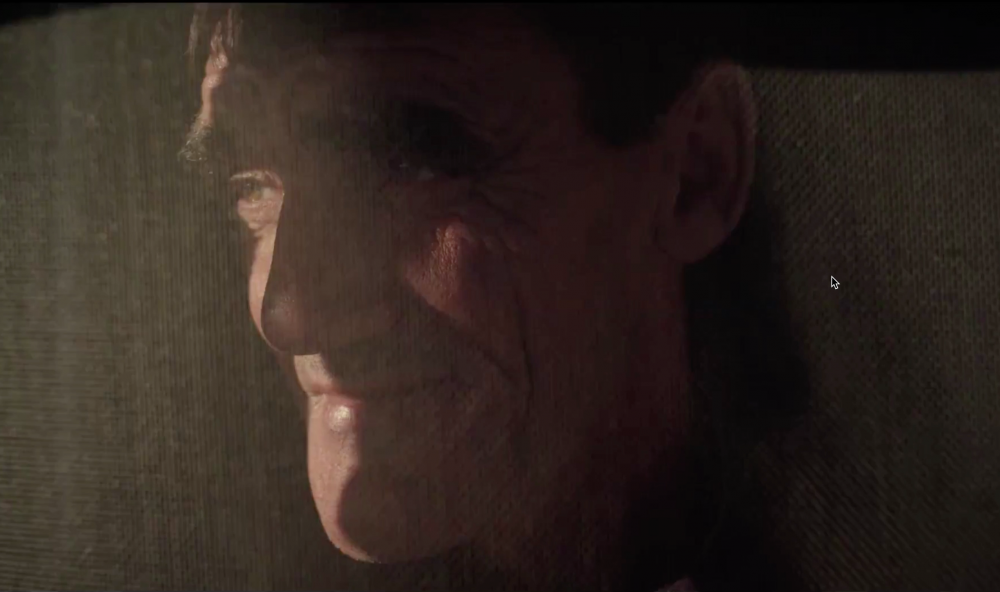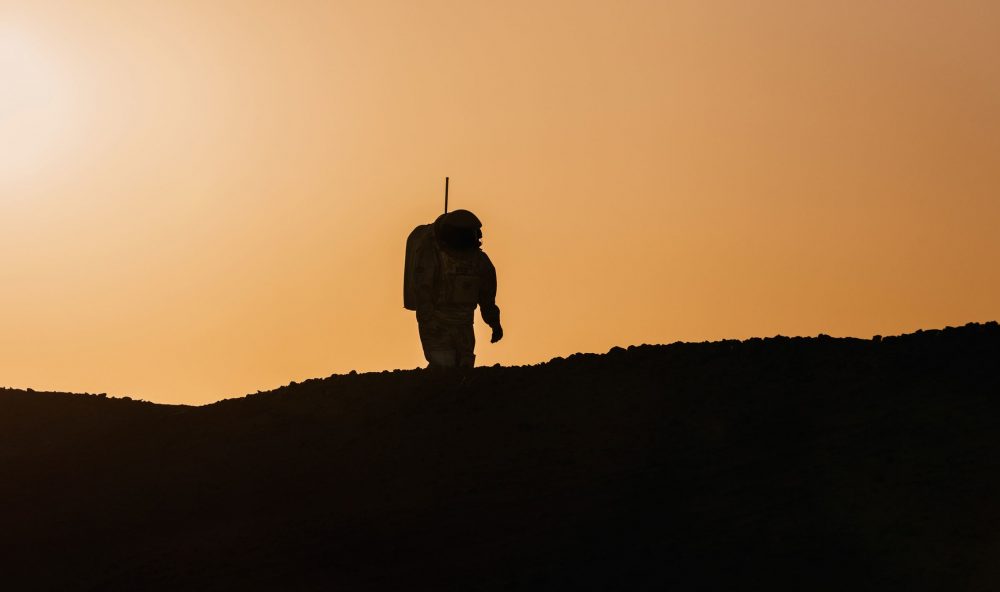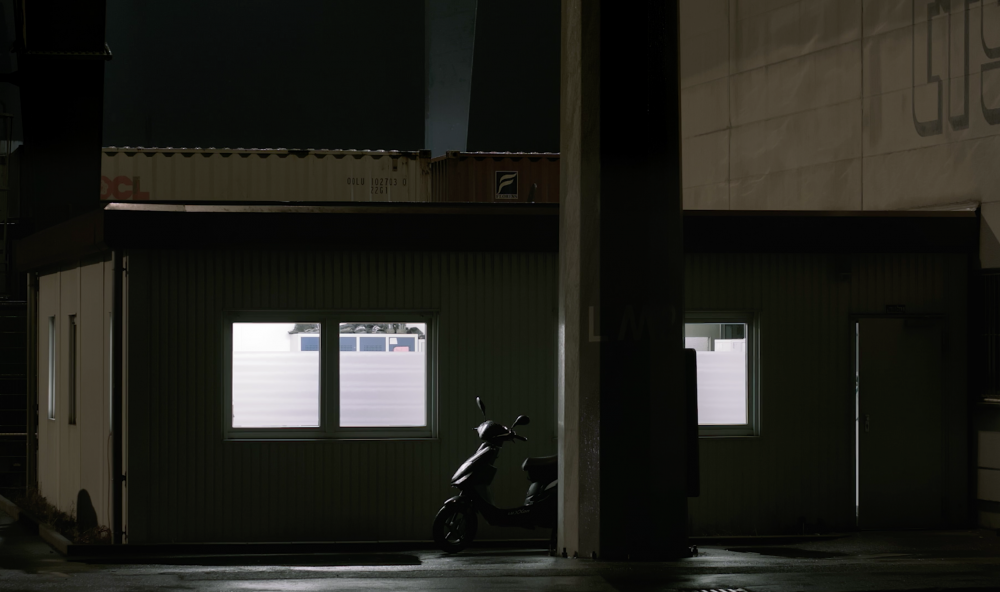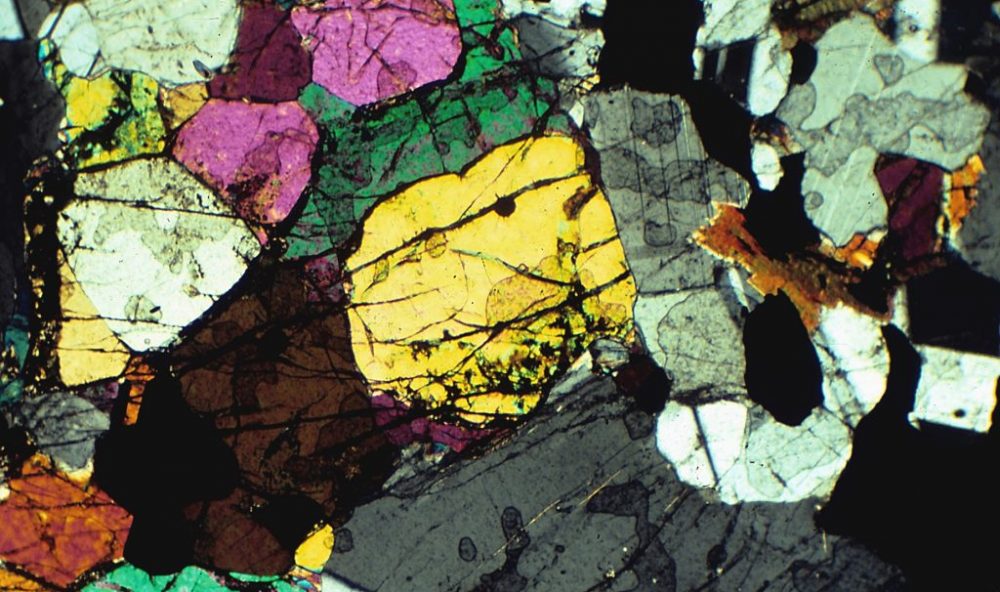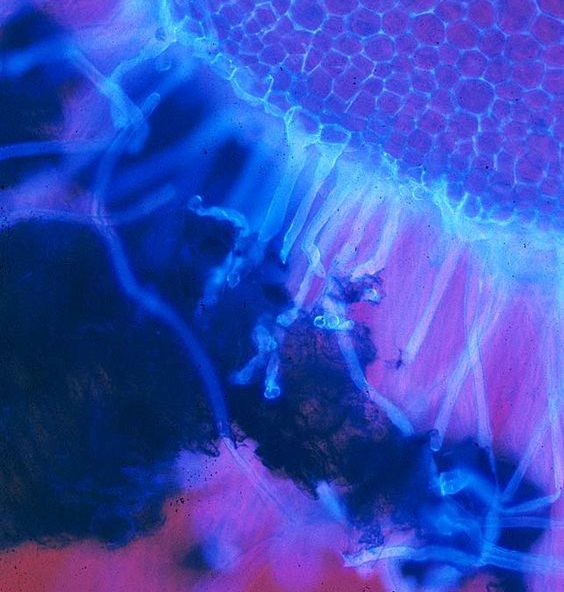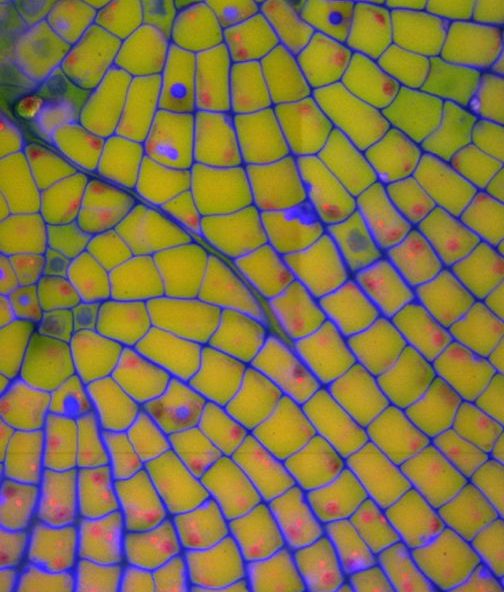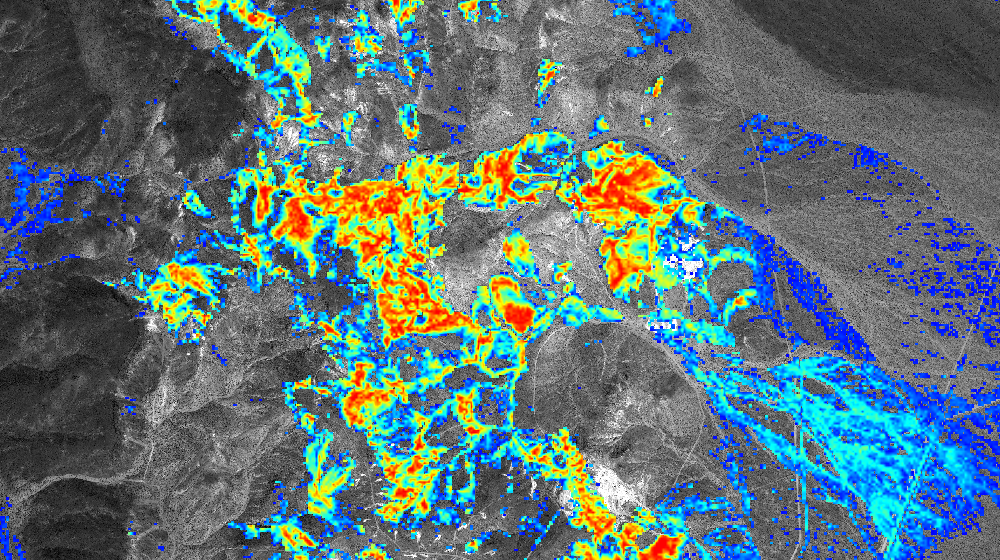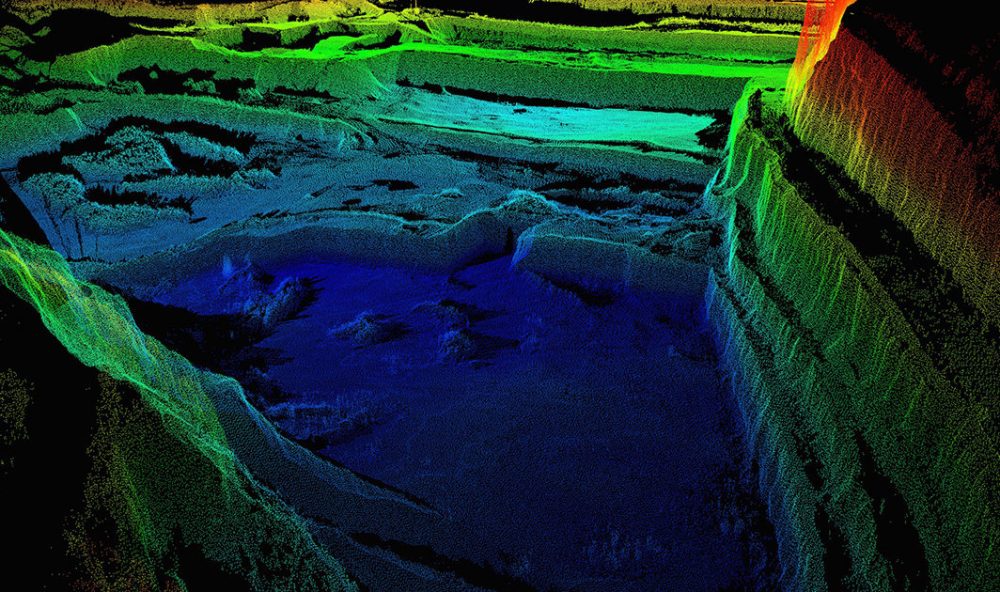HERE BE DRAGONS (Terra Incognita)
Satellite Image of Rio Tinto
Documentary 60-80 minutes
LOGLINE
In a strange landscape akin to a far away planet or an apocalyptic nuclear disaster site, miners and astrobiologists dig the soil for what seem very different purposes: to fuel the technological revolution and to search for life in the Universe.
SYNOPSIS
In the south of Spain, some 50 km northeast of Seville, lies the surreal landscape of Río Tinto. Full of excavated mountains and geometrical formations, this stunning location is known for its mineral and chromatic wealth. Named after the red river which flows through the region itself, Rio Tinto has become a landscape within a landscape. Due to all the mining activity in the area, the topography has been vastly modified.
Río Tinto mines are the oldest mines on Earth (from approximately 3000 BC) still in operation. Since their discovery, the mines growth has consumed not only mountains and valleys but even entire villages. The rich strata of this landscape reveals a long and complex history and suggests relevant questions about our future.
In mineral and chemical terms, Río Tinto is Mars on Earth. Today this ancient scare has become a site for AI remote robots being prepared to survey and drill Mars, for space suits to be tested and for an expedition site for astrobiologists and astrogeologists to study its Dark Biosphere: an intra-terrestrial life that uses radically different biological processes than currently known life. This biosphere can explain the origin of life on Earth and how life might evolve on other planets, thus becoming a key element for Space colonisation.
Río Tinto’s history of exploration and exploitation, however, goes beyond its underground. This topography is the origin of Columbus’ 1492 expedition to the Americas, the first ecological protest in history took place here in 1880, and the area is the birthplace of one of the oldest branches of flamenco: Fandango. The saddest “quejío” (slang word for scream) was sung by the Río Tinto miners during the Industrial Revolution.
Here be Dragons (Terra Incógnita) is a film about a landscape between the deep space and the deep life, between scientific exploration and capitalist exploitation, between the abstraction of the universe and the reality of daily life. A sensorial film where the science fiction perspective of Río Tinto’s landscape is woven into a history and folklore, as deep, alive and rich as its very soil.

Rio Tinto´s Mine at night

CONTEXT
From I Industrial Revolution to III Industrial revolution
Río Tinto beauty, history, power and ecosystem are stunning to any visitor. A birthplace of the Copper Age and Bronze Age, the first Rio Tinto mines were developed in 3000 BC by the Iberians and Tartessans. Tales of mineral wealth attracted the Phoenicians and then the Romans, who made some of the first coins from Rio Tinto’s silver and gold.
In the XIX century, Rio Tinto mines became the world’s largest copper producing mines, a British owned operation that helped fuel the industrial revolution. In 1888, the first ecological protest in history took place in Río Tinto. The sulphur gases from burning minerals in open air – a procedure that had already been prohibited in England 20 years before – suffocated people, poisoned cattle and ruined harvests. The miners and farmers of Rio Tinto took to the streets to ask for its prohibition. The protest ended with more than one hundred deaths, creating an environmental and social conflict, where the “smoke” was just the surface of something deeper: Industrial capitalism.
At that time, people from the mines searched for a way to survive the hard conditions inside the mine by singing and dancing together in the streets. During those nights of escape, a new branch of flamenco emerged: fandango. In this deep song, the miners found the most effective way to express their fear of darkness, the solitude in the mine and death.
Río Tinto is today one of the most important sources of copper and sulphur in the world. The mines have been reopened due to the shortage of copper resources on Earth and the increasing copper demand in the past decades. But a lot more is hidden behind the spectacular colors of this landscape which concentrate Rare-Earth elements, also known as ‘critical materials’ for modern technological applications, such as mobile phones, satellites or computers.
From the origins of Colonisation to Space Colonisation
Río Tinto river´s mouth is in the Old Palo´s seaport, where Christopher Columbus´ ship departed in 1492. The towns around Rio Tinto were also the origin of a big part of the crew of the ships and played an important role financing the expedition.
Today the origin of the first expedition of the Age of Discovery is still writing the history of human exploration. This landscape is considered by NASA as one of the biochemical environments on Earth most similar to planet Mars. The area is an expedition site for searching for extraterrestrial life and to test cutting-edge technology for future space missions.
Testing Robotic Life-Detection, rover and space suits at Rio Tinto.
The red soil that dominates Río Tinto is caused by the oxidation of the copper rocks throughout millions of years. The unearthed minerals have created a unique ecosystem. Its water is dense due to the metals, barely has any oxygen and harbors an important biodiversity of microscopic organisms, called extremophiles (literally translates to “love of the extreme” from its Greek and Latin roots), which are able to live in extreme environments that not so long ago were considered unable to sustain life. These life forms can be traced back millions of years, and are thought to be one of the earliest forms of life on the planet. Astrobiologists are studying these organisms, as their habitats may be analogous to conditions on other planets, especially Mars. These organisms raise important questions about what the limits of life are and the origin of life on Earth and the Universe.
The emergence of life on Earth is still a mystery, we know very little about how it happened. The panspermia hypothesis suggests that life on Earth could originate from extremophiles that fell on Earth on a meteorite, asteroids or comets. Extremophiles are being researched by scientists for terraforming Mars. Terraforming is the process of deliberately inoculating a planet with extremophiles in an attempt to create a similar environment of Earth to make it habitable.
Extremophiles.
TERRAFORMING MARS. Artist’s model (NASA/Lunar and Planetary Institute)

NARRATIVE
Here be dragons is a cinematic immersive experience with a science fiction mood. The film will focus on the present and scientific perspective of Rio Tinto but its historical background will reverberate through the traces of the landscape, sometimes even suggesting a possible future.
The main character of the film is Río Tinto itself. Its red river, its geometric formations in the mountains, the leftover of the old mines below the modern mining constructions and, always, the secret buried deep below its soil: The extremophiles living in Rio Tinto´s Dark Biosphere. These microorganism are seen in the film like Río Tinto´s subconscious mind that explains any visible element of this complex landscape (They are responsible for the red color of the waters, therefore they explain the name of the area, Rio Tinto (Red river). They are also behind the mineral wealth of its soil, so therefore they explain the ancient mining history of these chromatic mountains).
Some locals and astrobiologist working in Río Tinto will complete this landscape. These real stories will be sometimes staged or recreated, creating an ambiguity between reality and fiction. The films moves between the narrative and the conceptual, intertwining its storylines to articulate the subsurface network of echoes and connections between the scientific and the historical perspective of Río Tinto. The narrative will move between 4 different universe:
- The group of astrobiologists working in the area, analising and testing the red water of Río Tinto river, simulating space expeditions – in what appears a large scale model of Mars- and exploring the minerals and fauna of the area with visualisation techniques.
- Jesús and Fernando, two of the few last villagers alive from the historical Río Tinto town. A testimony to the ferocious colonial industrialisation of the area, in which Rio Tinto become yet another island of the British empire in the XIX century. Today there is no physical trace left of the childhood town of these two old miners. This historical village is totally buried, by the mountains of the mineral waste in Rio Tinto´s big open-air mine. Ironically just two kilometres away, in the same open air mine, the mining corporation is directing an archaeological excavation to dig up a Tartessian and Roman town.
- We will follow Rio Tinto river´s path through a voyage that becomes a physical and mental experience. A sensorial trip, as if we were carried by its stream, observing its surroundings through the river´s gaze. Daily scenes and myths from Río Tinto will be reflected from its red water. The voyage begins in its birth, close to the mine, ending in the river’s mouth, a lagoon where the Tartessos civilization believed lied the entrance to the underworld. We will end our trip at a large statue of Columbus pointing to the American lands. It was from this same lagoon of the underworld that the first trip of the Age of Exploration departed.
- Through the built-in camera of an autonomous robot explorer, we will scrutinise Río Tinto´s landscape and its fauna, just as Curiosity does in Mars.
FORM
CINEMATOGRAPHY
The camera will traverse the imposing landscapes of Rio Tinto almost from an alien perspective. This defining viewpoint will project reality towards a future where the exploitation of man goes beyond the Earth. The eye of Here Be Dragons, explores and scavenges the terrain trying to understand what it is seeing. In an animistic spirit, anything from an excavator to a rock, can be alive. Humans are just one more ingredient.
This gaze will be translated into different perspectives that reflects the layered reality of Río Tinto. Distance will be explored deeply in the film, looking at its expressive possibilities. Through extreme wide shots (as if it were Rio Tinto´s landscape who is observing) or through close up (as if we were looking through the extremophiles gaze).
Scientific and computer visualisation – used by scientist in the area- will be explored as cinematic tools in the film. As a filmmaker with a background in animation, I have always been very interested in abstract cinema and its visceral power to transmit a feeling and experience. By framing reality in extreme and unfamiliar ways I would like to explore the expression possibilities of cinematic abstraction. Sometimes these perspectives will result disturbing, creating in the audience a disorientation in time and space. Humans working in a mine complex looking like microorganism, drone images of Río Tinto reminiscent of satellite images from Mars, bacteria observed with microscopes akin to aliens. But who is the alien here? And…are we still on Earth?
Night shots will be used to film the mine at night and artificial lights will be used to accentuate a science fiction aesthetic in the astrobiologist´s exploration. This mise-en-scène is inspired in the work of these astrobiologists during the summer in Rio Tinto, when they have to work at night wearing lights in their head due to the unbearable heat and the strong smell of sulphur of the river. I found this an interesting mise-en-scène for a science fiction mood but also from a conceptual perspective: On the one hand, the astrobiologist with the lights on their helmets look like extremophiles seeing through the FISH technique, a scientific visualisation where extremophiles are reduced to glowing points within the darkness. On the other hand, the astrobiologist with the lights on their helmets also look like miners. With this conceptual choice I want to create a relation and ambiguity between the miners, the extremophiles (which are already like micro miners) and the scientists. This ambiguity opens a fundamental question at the core of astrobiology and progress in general: Where is the limit between exploration and exploitation?
This science fiction aesthetics will contrast with a poetic baroque chiaroscuro, that will portray the storyline of the last villagers from Río Tinto. This contrast will emphasise cinematically the difference between the species that inhabit Rio Tinto´s ecosystem, while also creating an opposition between the scientific method and the beliefs and myths of the local folklore.
Micro and macro visualisation. Last two images: Rio Tinto seen through Lidar Technology and the copper zones highlighted in the soil.
SOUND
The sound will draw the audience into this bizarre landscape, supporting the alien perspective of the camera. Flamenco, as a historical voice of the oppressed, will be used as a channel to express Río Tinto´s history of exploitation. This flamenco element will be a minimal expression of fandango, just a long and abstract “quejío” (scream) without any instrument, a kind of otherworldly sound.
The “quejío” is defined by the flamenco experts as the expression of the deep melancholy and pain of the existence. This animal scream, which seems to come from the essence of our being, will act in the film like a mantra, transporting us to a hypnotic state of flotation. But where does this scream come from? The flamenco singer become a medium.
The sound landscape of the film will breathe between nature and industry, with different sounds sometimes asphyxiating themselves, creating a decontextualisation where nature seems to sound like a machine and vice-versa. The natural sound will occasionally be distorted to create otherwordly sounds.
RELEVANCE
We are a species with a metaphysical longing, ceaselessly trying to find some meaning to life, which invariably drives us into the arms of exploration or religion. Today’s faith in progress has become the most widely accepted civil religion of the modern industrial world. We are constantly dreaming about expanding ourselves and our knowledge. But the further we go the more we are confronted with the dark side of our innate drive for exploration: exploitation.
In Río Tinto men have hollowed out entire mountains, making holes the height of the Empire State building, while forming toxic mountain ranges from the waste material of the industrial and technological revolution. Today, these anthropic mountains that have devoured and buried entire villages, have become the perfect background to simulate expeditions to Mars, make speculations about terraforming a Planet B in case of environmental collapse, and explore life in other planets. Río Tinto´s combination of extreme environment and anthropic landscape is a privileged place to question human limits and to stress the urgent necessity to rethink humanity’s place from a larger temporal and spatial scale.
On the one hand, extreme environments reflect the deep complexity of time and space in our bio-diversity. We as humans cannot understand and manage such complexity, but we can learn from it. Extremophiles, which embody the very definition of adaptation and resilience, remind us of the life that exists beyond the limits of our imagination. They shake the earth under our feet, displacing humans from the center of being and reminding us that we are part of an entangle of life much more complex than the linear story we were told. On the other hand, Rio Tinto´s anthropic landscape and its similarity with planet Mars confront us with a future where the magnitude of humans as a geological force goes beyond Earth.
In the summer of 2020 three new mission will be launched to Mars by China, the United States and Europe. These missions will accelerate the search for life in the red planet and continue to feed the uninterrupted trajectory of the algorithm we were programmed with: Curiosity.
Anthropic mountains in Rio Tinto´s Mars expedition simulation site.

Curiosity´s lastest drill hole on Mars. January 2020
DIRECTOR´S CURIOSITY
During the making of my previous film The Sasha, I became fascinated in how fast our relationship with Space is changing through the scientific and technological breakthroughs we are experiencing and how this new relationship updates the Colonial Myth. Today the Terra Incognita is mapped before we can experience it. The Space is revealed in digital images that shows us exotic places where men bring their most ambivalent fantasies, setting the limits between reality and imagination, between the known and the unknown.
Throughout the making of The Sasha, I couldn’t stop thinking about Río Tinto, a place that filled me with fascination and intrigue since the first time I saw it from the car window as a child. Río Tinto is just 45 minutes ago from my home city, Sevilla. After spending some years of my childhood in a summer camp in a little town very close to Río Tinto, I have always followed with interest this odd landscape, its history, the mines, the arrival of NASA…
As a filmmaker, I am obsessed by the possibilities that film language has to offer. I am interested in how to stimulate a spectator’s train of thought and imagination. I believe the most interesting things happen not inside a shot but within the spectator’s own attentive mind. I’m fascinated by how Rio Tinto´s history and its scientific perspective extends a subsurface network of echoes and connections, transforming this landscape in a privileged prism to feed both the imaginary and the scientific predictions for a future that can challenge every notion we have about life, frontiers and the coexistence with the non-human world.
Here be Dragons is a documentary that addresses themes of contemporary relevance. However, it has no intention of becoming any kind of sociological or ecological pamphlet. The aim is a different one: To capture the primitive images of a landscape where the temporal and spatial scale of man are continuously interrogated. I strive to create a work that will inspire audiences on a metaphysical level by questioning human limits and the life below and above us.
Curiosity rover´s selfie on Mars

Cursiosity´s microscopic camera searching for signs of life.

DRAGON Capsule (Space X). First private spacecraft and prototype for future expedition to Mars.

CURRENT STATUS
The documentary is in development phase. Thanks to a grant from Amsterdam Funds for the Kunst (AFK) I have been able to dedicate this year to the research of the film. This grant is given to an artist each year in different artistic disciplines (3PD grant). This year the Film Commission (IDFA, Eye Film Institute and Netherland Film Academy) have decided to support this film. At the end of September 2020 – if the Covid-19 crisis allows it – we will shoot a film mood and several formal experiments. The film is produced by Near/by Films https://nearbyfilm.com/, a dutch film company specialised in art house and experimental projects. We seek to co-produce with a Spanish film company.
Nine months ago I got in contact with the Madrid Astrobiology Center (CAB), specifically with the group led by Ricardo Amils, which is developing the M.A.R.T.E project with NASA in Río Tinto. Ricardo Amils is very interest in the project and it has become a key figure, introducing me to researchers who could help me in different lines of my research and putting me in contact with important actors in Río Tinto such as Atalaya Mining – the mining company that exploits the area. -. Thanks to him we have obtained permits to shoot inside the mine. During my trips to Rio tinto I have contacted the Fundación Río Tinto, the historical archive and the city council. They are all very interested in collaborating and have offered us access to shoot in places that are normally restricted to the public.
